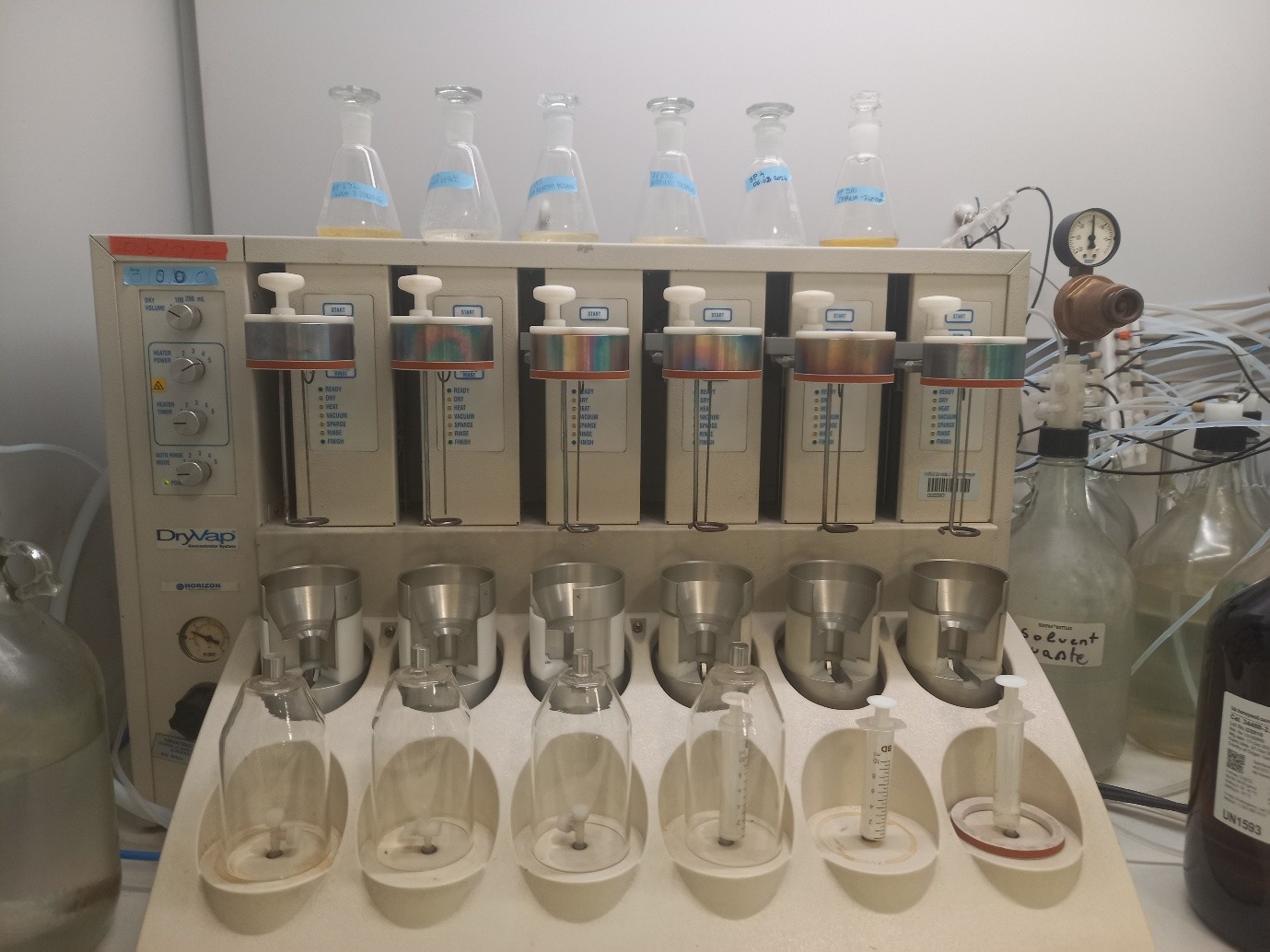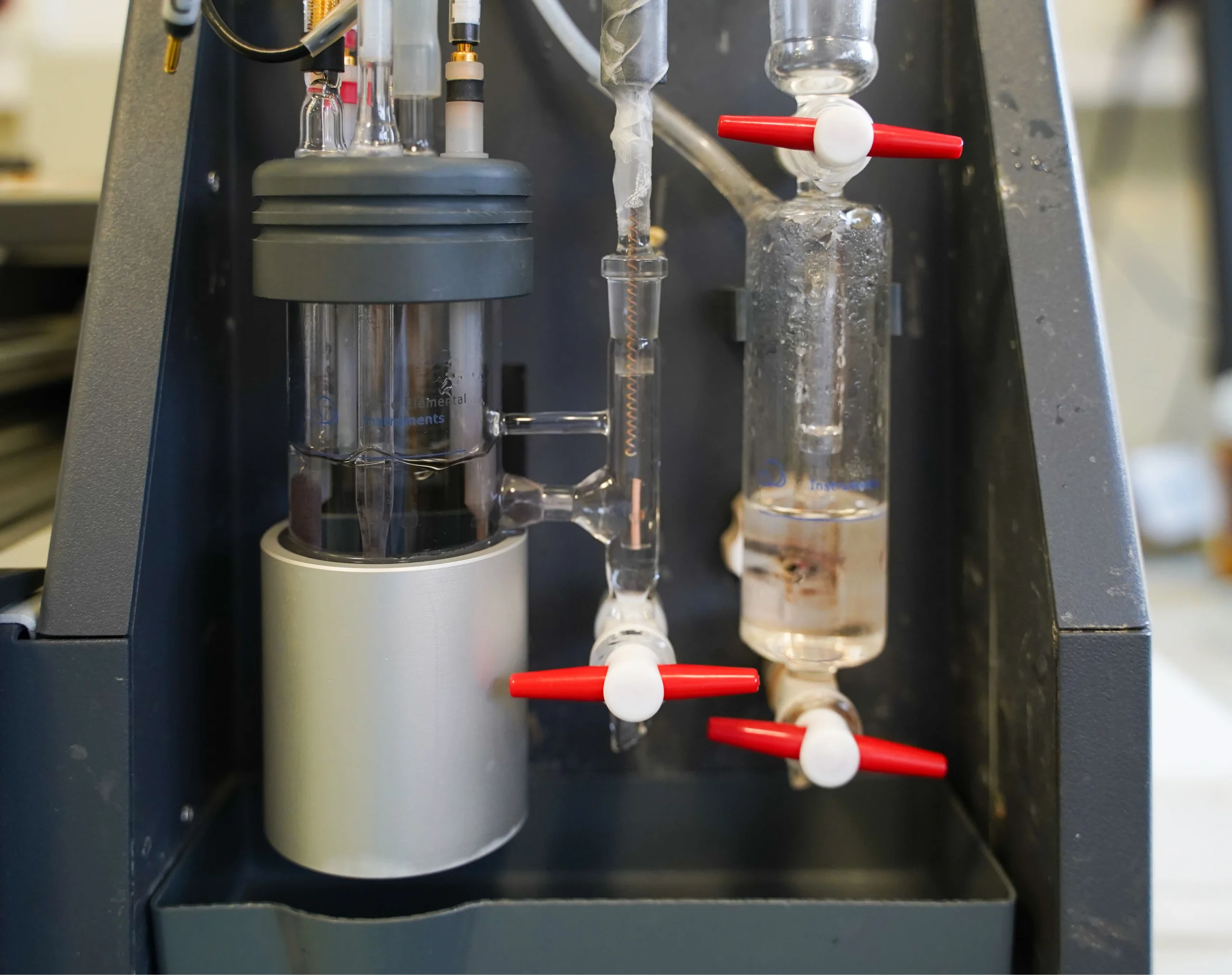Hydrocarbons C10–C40 are compounds containing 10 to 40 carbon atoms. They are found in crude oil, tar, and waxes, and are used in fuels, lubricants, plastics, pharmaceuticals, and cosmetics. Their properties depend on the chain length: shorter chains are liquid, medium chains are viscous, and the longest are solid and contained in waxes.
Problems arise when they are released into the environment. Lighter compounds evaporate and pollute the air, while heavier ones settle in soils and sediments, where they can remain for decades. In water, they form a surface layer that reduces the light needed for photosynthesis, and threatens plants, algae, and entire food chains. They can accumulate in fish and shellfish, and ultimately end up on people’s plates.
In humans, short-term exposure leads to respiratory irritation, headaches, nausea, and skin problems. Long-term exposure can damage the liver and kidneys, and have neurotoxic and carcinogenic effects. Workers in the oil, chemical, and plastics industries are particularly at risk.
Josip Juraj Strossmayer Water Institute monitors these compounds using gas chromatography (GC–FID) to track their presence in the environment and reduce the risks. The water quality reports of the last three years, have shown that the concentrations of these hydrocarbons were within the authorised limits at most of the measuring points. These results are available at the link provided.
Although C10–C40 hydrocarbons are unavoidable in modern industry, responsible management and appropriate regulation are crucial. Only through a combination of industry responsibility, strict control, and public awareness can we protect both people and nature.

